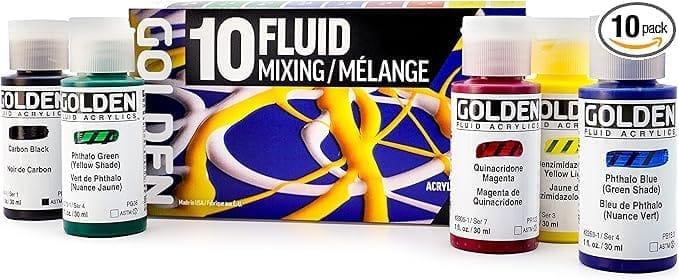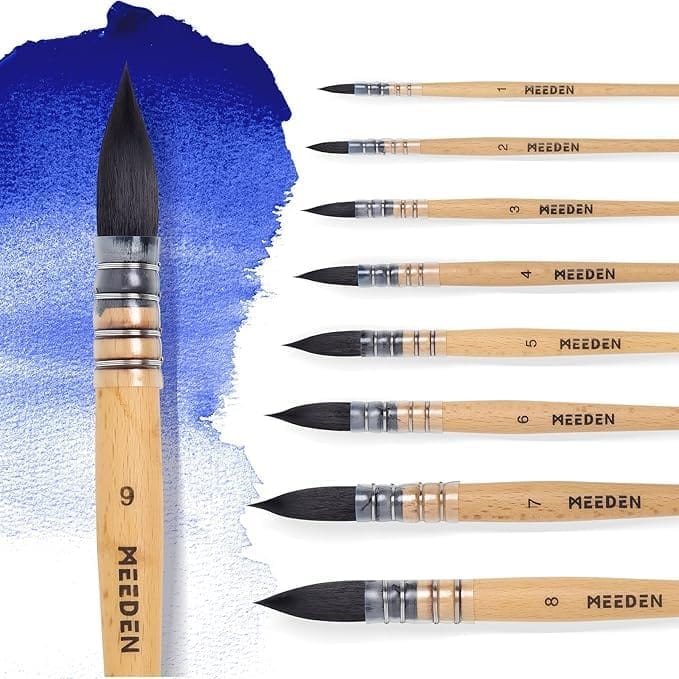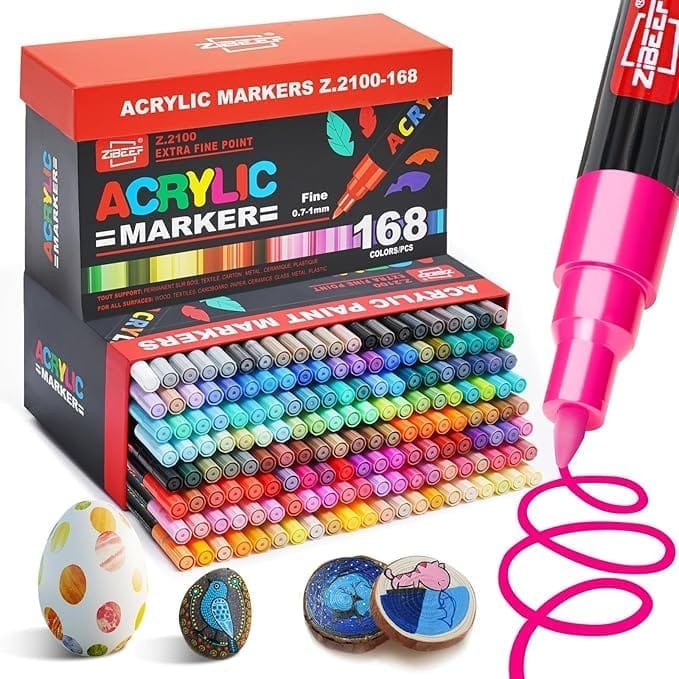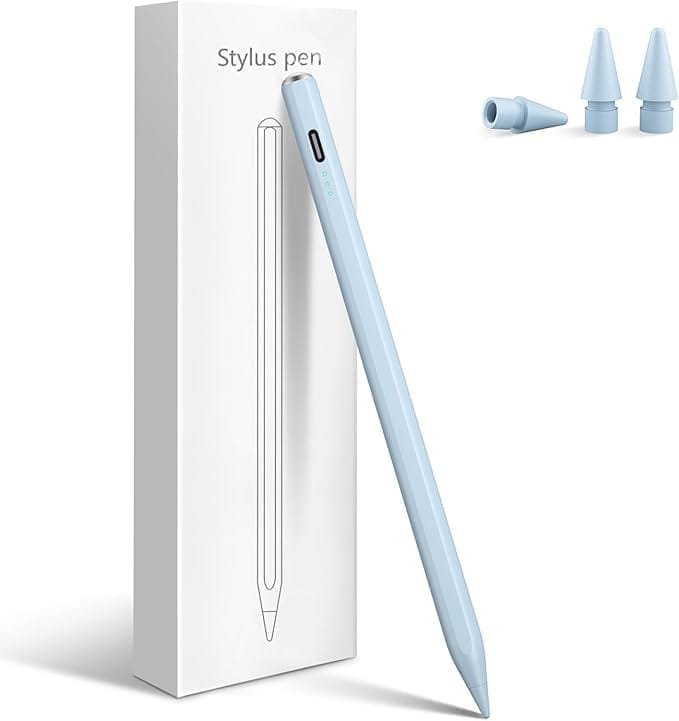
How I Price My Paintings for Sale (And How My Approach Has Evolved)
This post contains affiliate links. If you purchase through them, I may earn a small commission, at no extra cost to you. Thank you for supporting my work and creative journey
One of the biggest questions artists face especially when starting out is:
How do I price my paintings?
It can feel overwhelming at first. You don’t want to underprice your work, but you also want to stay accessible and competitive.
In this post, I want to share how I approached pricing when I first started and how I approach it now, with more experience and confidence.
And I’ll also introduce you to a few common pricing methods that can help guide your process.
Phase 1: How I Priced My Paintings When I First Started
When I first started selling my paintings, I’ll be honest, I mostly guessed.
I looked at what other local artists were charging, and then asked myself:
👉 Would I personally pay this much for this piece?
👉 How long did it take me to create it?
👉 How much did the materials cost?
My early pricing was based mostly on materials cost + intuition.
For example:
If a painting cost me about $30–40 in canvas + paints, I’d add some value for my time, and price it around $80–120, depending on size and how proud I felt about the piece.
Was it perfect? No. But it gave me a starting point and got me comfortable with the idea of putting a price on my art.
Phase 2: How I Price My Paintings Now
Now, after more experience, more exhibitions, and a growing audience, I take a more structured and confident approach.
I consider:
✅ Materials cost (still important!)
✅ Size of the painting
✅ Level of detail / time spent
✅ Experience level as you grow, your prices should reflect that
✅ Emotional / artistic value, some pieces are simply more meaningful or unique
I now also think about market positioning:
👉 Where am I selling? (Pop-up, online shop, gallery)
👉 Who is my audience? (Collectors, casual buyers, decorators)
This allows me to price my work fairly, while respecting the value I bring as an artist.
3 Common Methods for Pricing Paintings
If you’re new to this, here are a few popular methods you can explore:
1️⃣ Materials Calculation Method
👉 Add up all your material costs (canvas, paints, varnish, etc.)
👉 Add an hourly rate for your time (ex: $20/hour)
👉 Multiply by 2–3x to cover profit and overhead
Pros: Very logical, ensures you cover costs.
Cons: Doesn’t always account for perceived artistic value.
2️⃣ Square Inch/CM Method
👉 Set a price per square inch (ex: $1.50 per sq inch) or per sq cm.
👉 Multiply by the size of your painting.
Example:
16 x 20 inch canvas → 320 sq inches → $1.50 x 320 = $480
Pros: Creates consistent pricing across your body of work.
Cons: May need to adjust for very detailed or very simple pieces.
3️⃣ Value/Experience Level Method
👉 Consider the painting’s emotional value, market value, your experience, and audience.
👉 Price higher for pieces that are more complex, unique, or align with your signature style.
👉 As your reputation grows, gradually increase your base price.
Pros: Flexible, allows you to price premium pieces higher.
Cons: Requires confidence and good self-awareness.
Final Thoughts
There’s no one “perfect” way to price your paintings. The most important thing is to price in a way that:
✅ Covers your costs
✅ Respects your time and experience
✅ Aligns with your market and audience
And remember: as you grow, your prices should grow too.
I’m still evolving my pricing approach as my work develops, and that’s part of the journey.
If you’re just starting out: be kind to yourself. Start with a method that feels good to you, and know that pricing is a skill you’ll refine over time.
If you’d like to know how I prepare my paintings for sale from final checks to packaging and presentation, you can read my full guide here → How I Prepare my Paintings for sales
If you enjoyed this post, stay tuned I’ll soon be sharing how I price my surface pattern designs and collections too

Step into the soft life
Ready to turn your screen into a pastel dreamscape? Download you free pastel preview for procreate and start creating with colors that feel like a hug. Tab below to get the magic delivered to your inbox.
(c) 2025 Huda R. Farhan. All rights reserved
This site contains affiliate links. If you click through and make a purchase, I may earn a small commission, at no extra cost to you. I only recommend products and tools I personally use and love. Your support helps me continue creating and sharing my art.thank you






